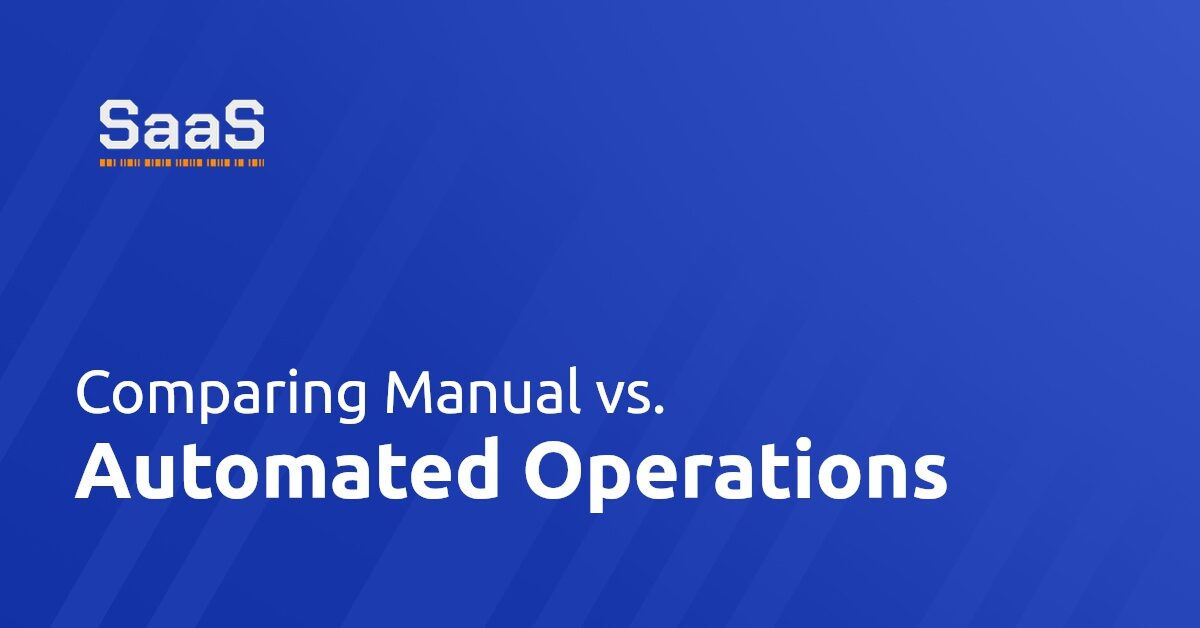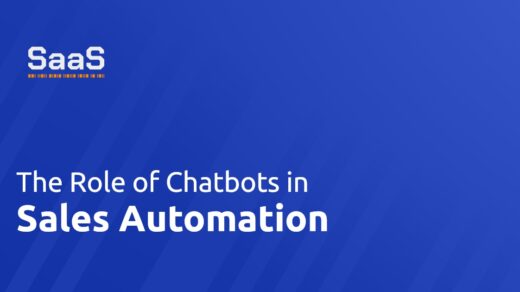Which is more efficient: Manual or automated operations?
Efficiency metrics often get discussed with haste when comparing manual and automated operations. Automated systems can significantly reduce operational times, allowing for a more productive and efficient business operation. They can carry out complex tasks consistently and accurately at high speeds, leading to more work getting done in a shorter amount of time.
Conversely, manual operations involve human labor, which can be slower and prone to errors compared to their automated counterparts. Fatigue, distraction, and other inherent human conditions can affect the consistency and quality of manual work. However, efficiency is not solely about speed.
Human labor excels in situations requiring discernment, creativity, nuanced decision-making, and empathy – areas where machines fail to deliver. Moreover, manual tasks, though slower, provide opportunities for learning and mastery, which can ultimately drive efficiency up as workers improve over time. Simply put, while automated tasks shine in repetitive, mundane, and large-volume operations, humans outperform in tasks requiring deeper comprehension, interpersonal interactions, and adaptability.
Are manual operations still relevant in today's technology-driven world?
In an era brimming with breakthrough technological advancements, many ask whether manual operations are still pertinent. Astonishingly enough, they are. While we live in an increasingly automated world, manual operations still prove valuable in certain aspects.
Users often prefer a human touch in customer support, for example, where communication and empathy are critical. Jobs that require dexterity, judgment, decision-making skills, and adaptability remain hard to automate fully. Furthermore, manual operations become indispensable in cases where the cost or logistics of automation is impractical or unattainable.
In fields like healthcare, therapy, counseling, and many creative arts, human involvement is just irreplaceable. Even as artificial intelligence continues to evolve, these areas are notoriously resistant to full automation, proving that manual operations still hold undeniable relevance in today's business landscape.
Advantages and disadvantages of automated operations
While automated operations offer undeniable benefits, they also come with specific challenges. They can power through large volumes of repetitious tasks, reduce labor costs, and minimize human errors, thereby increasing operational efficiency.
Automated systems also enable 24/7 operations since they are not subjected to human shifts or fatigue. They can also accumulate and analyze vast swathes of data more accurately than a human, facilitating more informed decision making.
However, challenges exist. Implementation of automated systems can be costly and time-consuming, especially for small and medium-sized businesses. Automation also mandates regular updates and maintenance, which again, requires time and finances. It also introduces the risk of technical glitches and system breakdowns, potentially causing work stoppages.
Additionally, automation might decrease job opportunities for a workforce, sparking debates about ethical implications. Lastly, machines have limitations in areas requiring emotional intelligence or nuanced judgment, where humans excel.
Deciding factors: When to choose manual over automated operations?
Though automation is rising, discerning when to choose manual over automated operations is crucial for successful business operations. The determining factors include the scale of tasks, complexity, business needs, and available resources.
If the task is simple and small in scale, it might be more practical and cost-effective to keep it manual. Similarly, tasks requiring discernment, complex decision-making, and human touch should ideally stay manual.
Another factor is the resources available for implementation and maintenance of automated systems. Businesses should also consider the impact of automation on their workforce and the potential need for reskilling.
Ultimately, organizations should aim for an equilibrium between manual and automated operations, optimizing for efficiency, cost-effectiveness, and the human touch. The goal is to capitalize on the best of both worlds, ensuring a harmonious co-existence between artificial intelligence and human minds.








